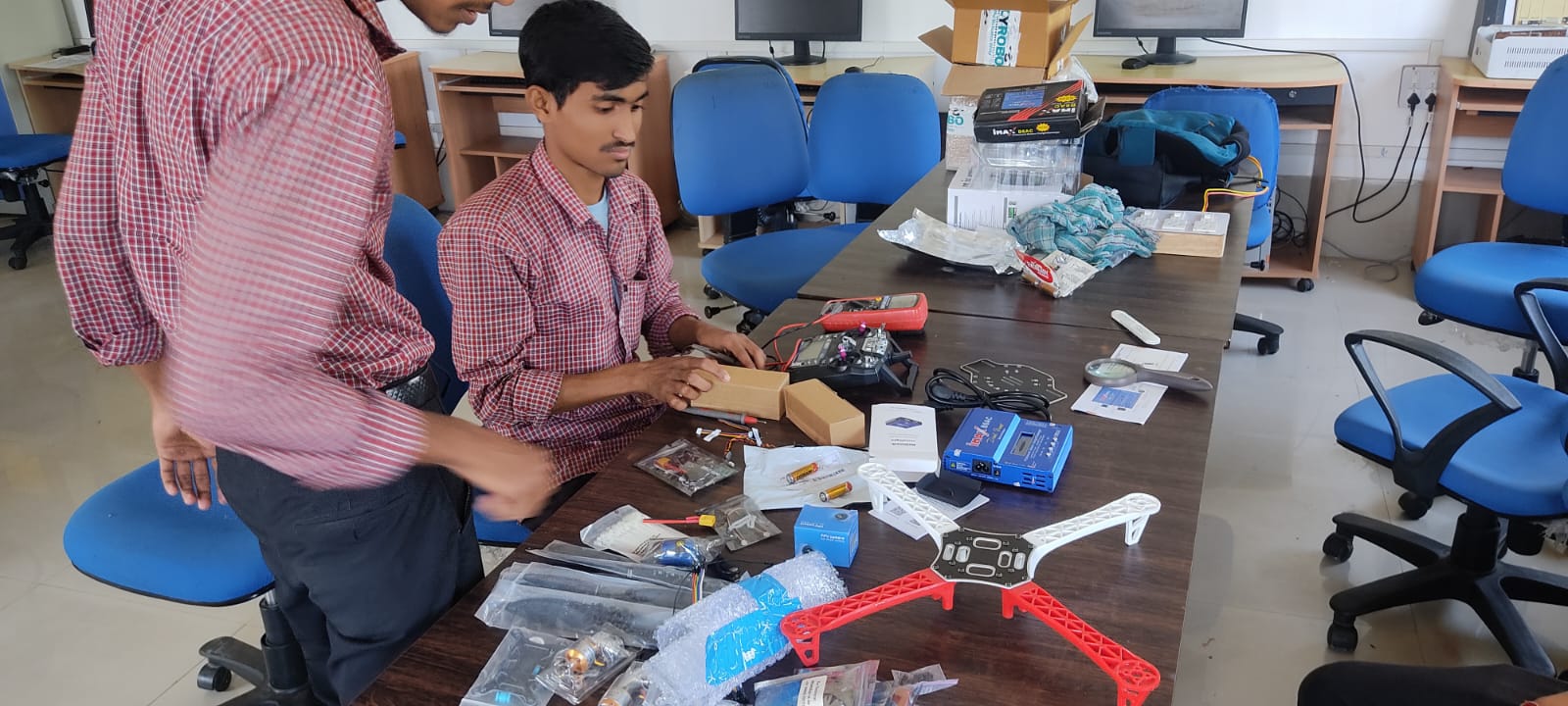

FITTER
Fitter is a vocational trade focused on the installation, maintenance, and repair of mechanical systems and components. It involves working with various tools and machinery to ensure that mechanical systems operate efficiently and safely.
Overview
• Duration: 02 years
• Eligibility Criteria: Candidates should have passed the 10th class (with mathematics & science) from a recognized board.
• Objective: To equip students with the skills needed to work on mechanical systems, including the assembly, installation, and maintenance of machinery and equipment.
Key Learning Areas
1. Mechanical Systems:
• Installation: Skills in setting up machinery and mechanical systems, including alignment, leveling, and securing components.
• Maintenance: Routine checks, servicing, and preventive maintenance to ensure smooth operation and prevent breakdowns.
2. Repair Techniques:
• Troubleshooting: Identifying and diagnosing faults in mechanical systems.
• Repair: Fixing or replacing defective components, such as bearings, gears, and shafts.
3. Precision Measurement:
• Tools: Use of precision tools and instruments like micrometers, calipers, and gauges to measure and ensure the accuracy of mechanical components.
• Blueprint Reading: Interpreting technical drawings and blueprints to understand and execute fitting tasks accurately.
4. Assembly and Fabrication:
• Components: Assembling parts and components to build or repair machinery and equipment.
• Fabrication: Cutting, shaping, and joining metal parts using techniques such as welding, brazing, and machining.
5. Safety Practices:
• Regulations: Understanding and adhering to safety standards and regulations while working with machinery and tools.
• Protective Equipment: Using personal protective equipment (PPE) and following safety procedures to prevent accidents and injuries.
Career Opportunities
1. Industrial Sector:
• Roles: Working in manufacturing plants, factories, and production facilities to maintain and repair machinery.
2. Construction Industry:
• Roles: Installing and maintaining mechanical systems in buildings, including HVAC systems, elevators, and other mechanical components.
3. Automotive Industry:
• Roles: Fitting and repairing parts of vehicles, including engines, transmissions, and suspension systems.
4. Maintenance Services:
• Roles: Providing maintenance services for various industries, ensuring machinery operates efficiently and safely.
Conclusion
The future of the fitter trade is promising, with opportunities for growth and specialization. As technology advances and industries evolve, fitters will need to embrace new skills and adapt to changing demands. By staying current with technological advancements and continuously upgrading their skills, fitters can ensure a successful and evolving career in the industry.







